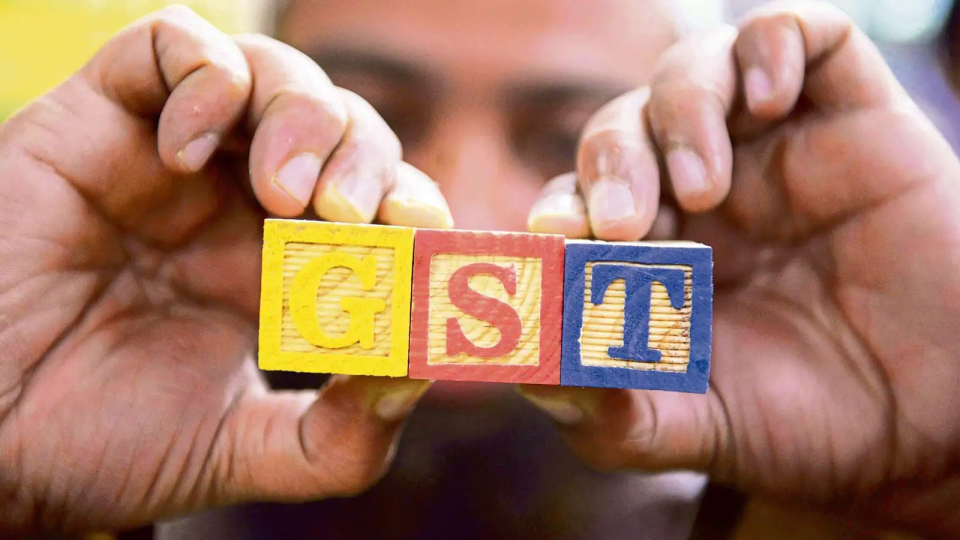With most states boosting revenue so they don’t have to rely on centres for compensation, the GST committee at its meeting next month may consider a proposal to remove the 5 per cent flat tax by moving some commodities. Consumption fell to 3 per cent, and the rest of the categories fell to 8 per cent. Currently, GST has a four-tier structure of 5 per cent, 12 per cent, 18 per cent, and 28 per cent. In addition, gold and gold jewellery are subject to a 3 per cent tax.
The media reported that to boost revenue, the council may cut the list of exempt items by lowering the tax rate on some non-food items to 3 per cent. According to the media report, discussions were underway to raise the 5 per cent rate to 7 per cent or 8 per cent or 9 per cent, with a final decision by the GST committee comprising central and state finance ministers.
According to calculations, every 1 per cent increase in the 5 per cent slab, which mainly includes packaged food, will generate an additional income of approximately Rs 50,000 crore per annum. While various options are being considered, the council is likely to impose 8 per cent GST (goods and services tax) on most goods currently taxed at 5 per cent.
Under GST, necessities are either exempt or taxed at the lowest rate, while luxury goods and negligent items are taxed at the highest rate. Luxury and demerit goods also attract taxes of up to 28 per cent. With the GST reimbursement system set to end in June, states must be self-sufficient rather than relying on centres to close revenue gaps in GST collection.
The committee last year formed a panel of state ministers headed by Karnataka Chief Minister Basavaraj Bommai to come up with ways to boost revenue by rationalising tax rates and correcting anomalies in the tax structure.
When the GST was implemented on July 1, 2017, the centre had agreed to reimburse the states for five years to June 2022 and protect their income annually at 14 per cent of their base year income for 2015-16.
Over the years, the GST Commission has often caved to trade and industry demands and reduced rates. For example, the number of items taxed at the top 28 per cent dropped from 228 to less than 35. With the Centre insisting not to extend GST reimbursement beyond five years, states realised that raising revenue by raising taxes was the only option before the council





